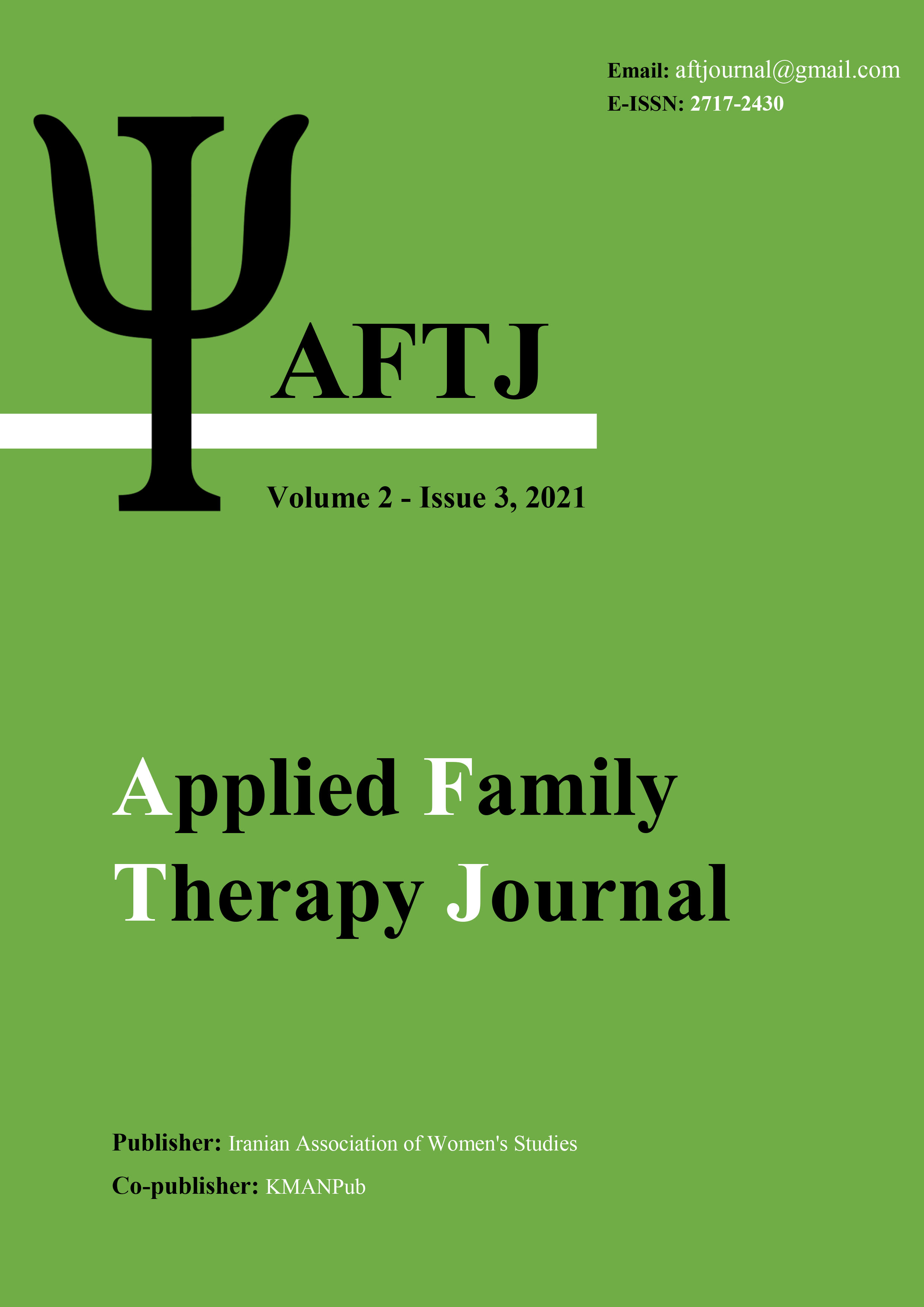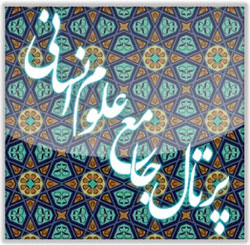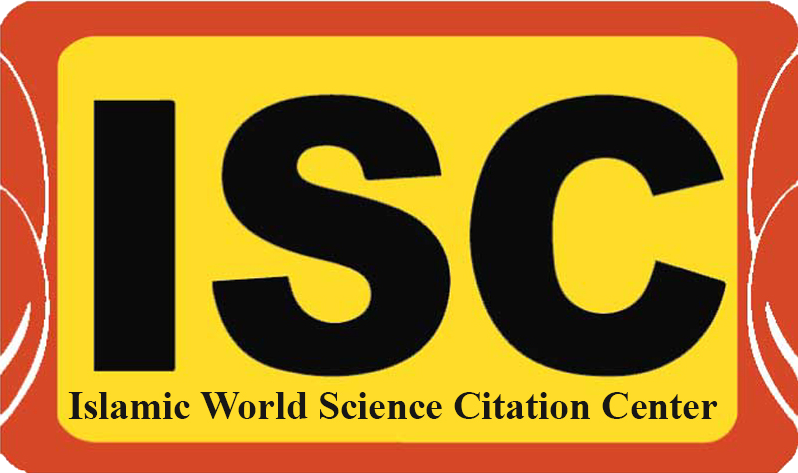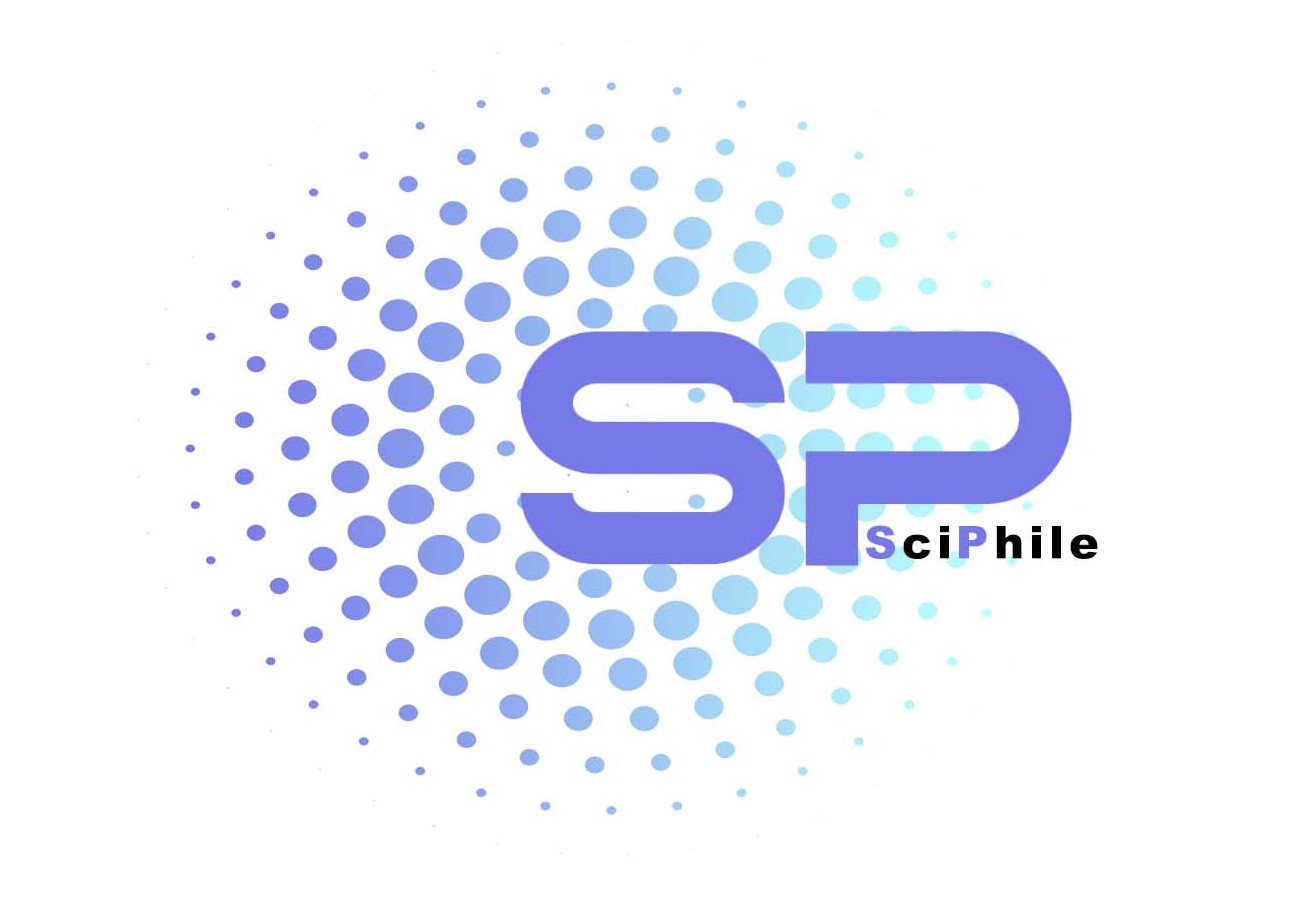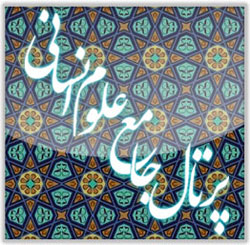Evaluation of the factor structure of the family expression questionnaire
Keywords:
Family expression, dominant positive, positively defeated, negatively dominant and negatively defeated.Abstract
Aim: The aim of this study was to evaluate the factor structure of the Family Expression Questionnaire. Methods: The research method was descriptive-correlation based on structural equations. The statistical population of this study was among 378 patients referred to counseling and psychotherapy centers. Participants answered the Halbershtat (1986) Family Expression Questionnaire and the personality function of John the Great et al. (1400). In this study, the personality function questionnaire (Jan Bozorgi et al., 1400) was used to determine the convergent and divergent validity of the Family Expression Questionnaire. To analyze descriptive and inferential data from the latest version of SPSS and LISREL software version 8.5 using path analysis by AMOS program, direct and indirect effects of variables were obtained and the data were converted into covariance or correlation matrices and a set of regression equations between variables. Was drafted. Path analysis was also used to evaluate the hypothetical model. Results: The standard factor load of all indicators is greater than 0.32. The highest factor load belonged to p6 marker (β = 0.763) and the smallest factor load belonged to p20 marker (β = 0.457). Conclusion: dominant positive and positive components of the Family Expression Questionnaire, in contrast to its dominant negative and negative negative components, were positive and at a significant level of 0.01 with the four components of the Personality Function Questionnaire (identity, intimacy, empathy). And self-direction) are correlated. These findings indicate that the family expression questionnaire has concurrent validity. Also, Cronbach's alpha coefficient of positive, dominant positive, dominant negative and negative negative components were equal to 0.081, 0.74, 0.86 and 0.79, respectively. These results indicate the acceptable internal consistency of the family expression questionnaire.
Downloads
Downloads
Published
Issue
Section
License

This work is licensed under a Creative Commons Attribution-NonCommercial 4.0 International License.

